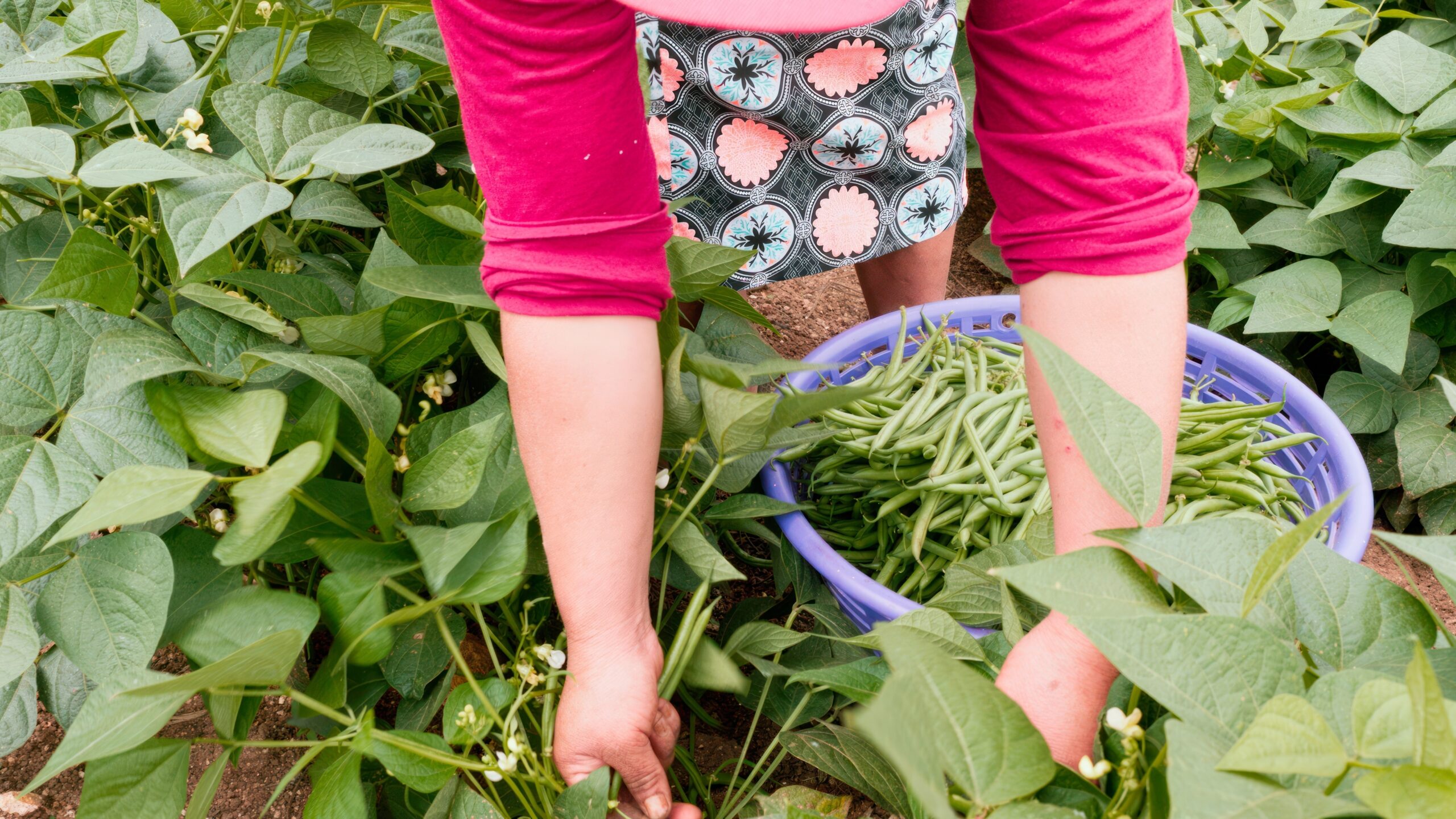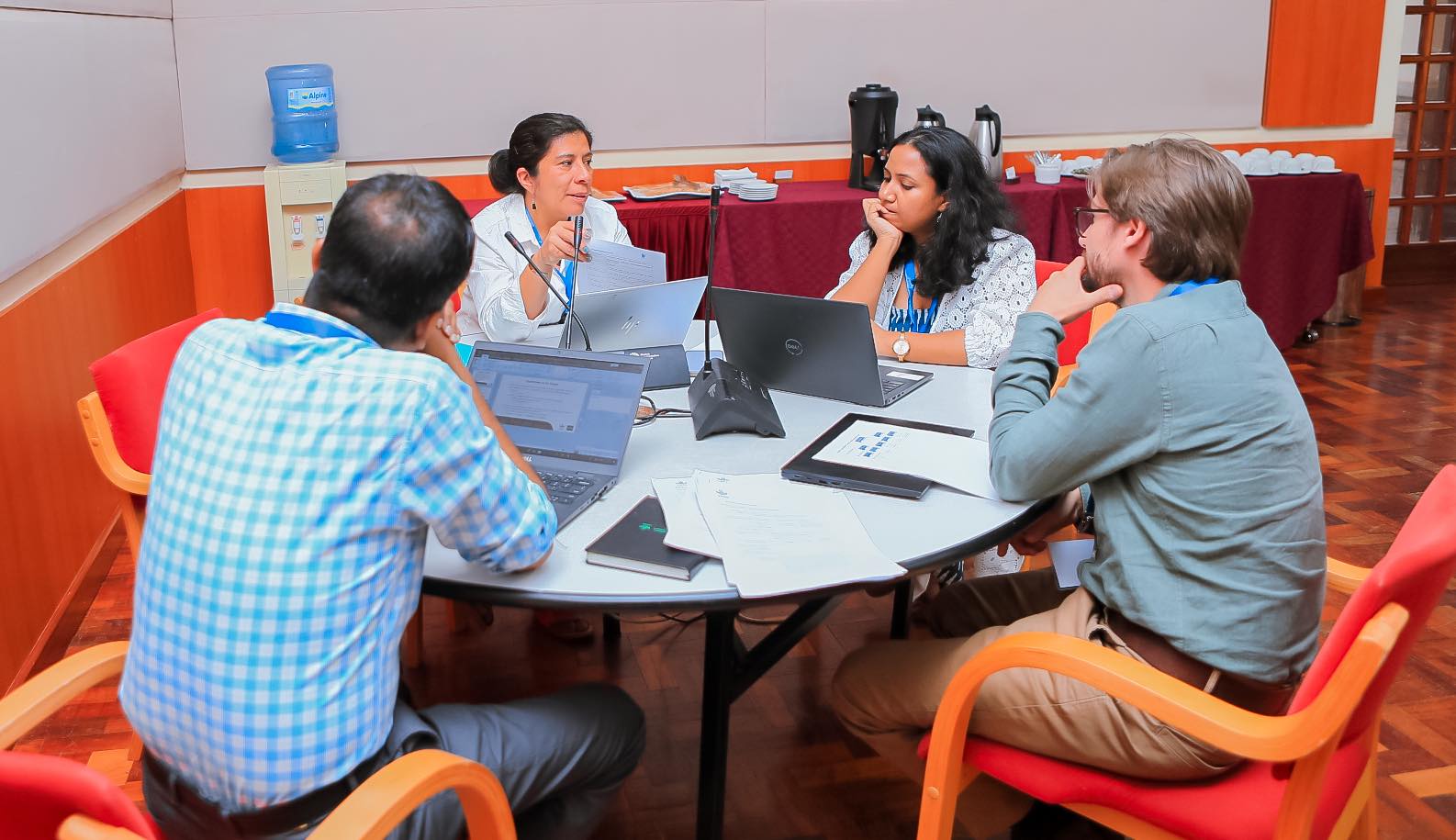The FAO’s recent announcement that global food prices reached a record high in December 2010 has once again brought food security to the forefront of global attention. The continued rise in food prices in 2010, coupled with the prediction of a continuation of the trend in 2011, will have serious implications for food and nutrition security across the world, particularly in developing nations. We have already seen some of these implications with riots in Algeria and Jordan and the ousting of President Zine El Abidine Ben Ali in Tunisia.
With food prices having such far-reaching effects, access to correct, relevant, and useful global price and market information is more important than ever before. To better serve this need, the Food Security Portal has been redeveloped to support and inform the global food security discussion by making news, data, and price analysis more accessible to a wider range of users. The Portal continues to grow in use amongst researchers, analysts, and policymakers, with visitors from 123 countries accessing the site since December 2010. The new layout and expanded features include:
The home page and News page provide a visualization of food security hotspots around the world, with breaking news on commodity prices, harvests, and politics updated daily. A new email subscription feature allows users to receive the latest food security news delivered straight to their inbox.
The Food For Thought blog provides thought-provoking insights into ongoing food security issues, with links to videos and publications produced by leading researchers. With new issues discussed each week, the blog expands the global food security dialogue by allowing users to comment on each post.
Many variables affect food security. The country profiles are designed to provide insight into key country-level indicators for livelihoods, food production, exports and imports, and commodity prices. Food security news for each country is updated daily.
The Portal provides comprehensive datasets for easy monitoring of price changes at the global and country level. Drawing on data from the FAO, the World Bank, UNICEF, the IMF, and other trusted sources, these datasets are updated regularly and provide accurate, reliable information on everything from global inflation to world commodity prices to calorie supply per capita.
A variety of new tools and visualizations have been developed to allow for easy analysis of the causes and effects of changes in food prices. Commodities graphs track global prices dating back to 1998 and provide daily returns on futures prices. Annotated commodity price timelines provide a simple visual explanation of past and present behavior of four main commodity markets (wheat, maize, rice, and soybeans), combining time series of commodity prices with other related information such as real-time news stories and synopses of major events related to global commodity price fluctuations. A Terms-of- Trade Effect tool provides a quick and easy way to assess the country-level impact of a change in world commodity prices, while a Short-Run Impact of Releasing Food Stocks simulator allows users to model the impact of a release of stocks of a particular commodity. Welfare simulators provide a simple modeling tool to assess the effects of changing prices and crop production on local communities’ welfare.







